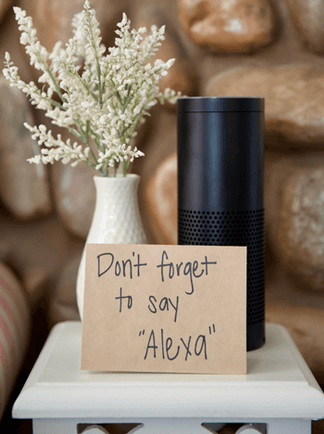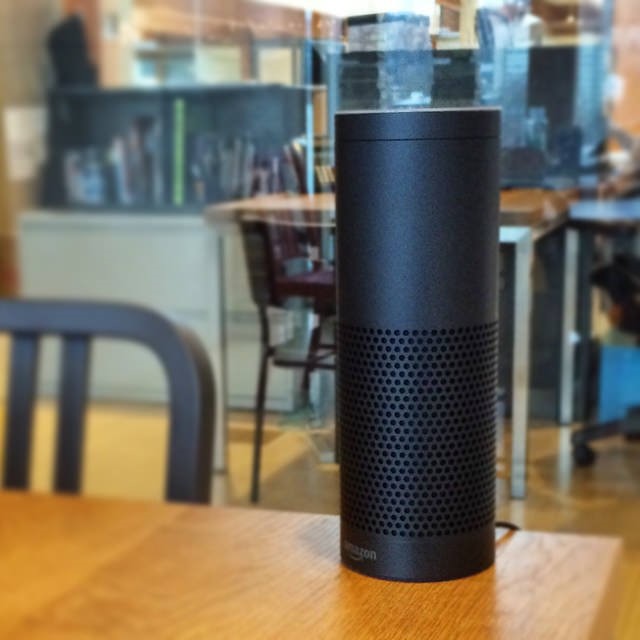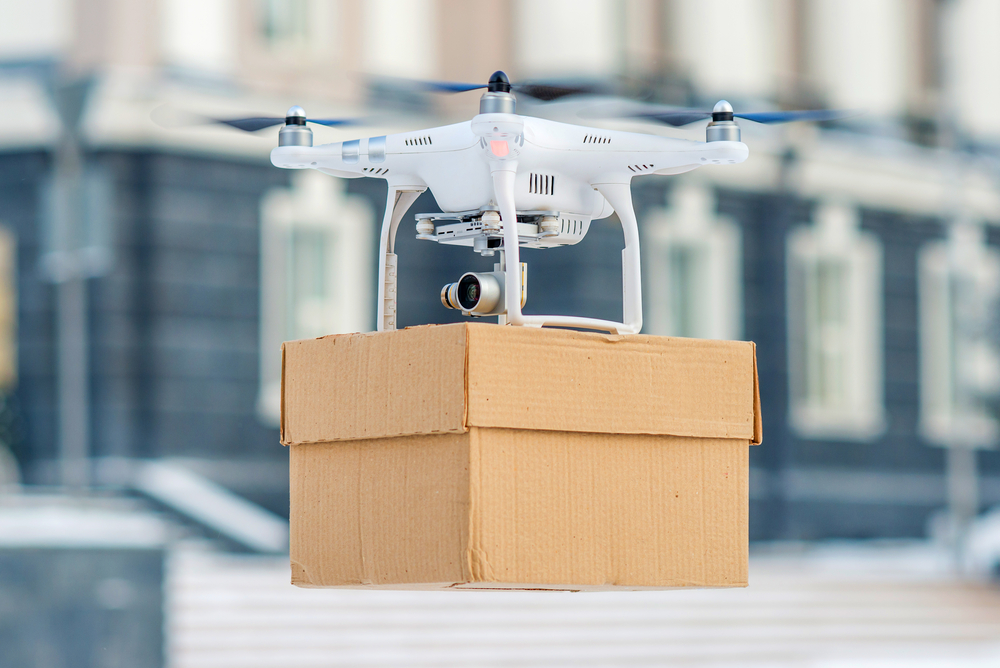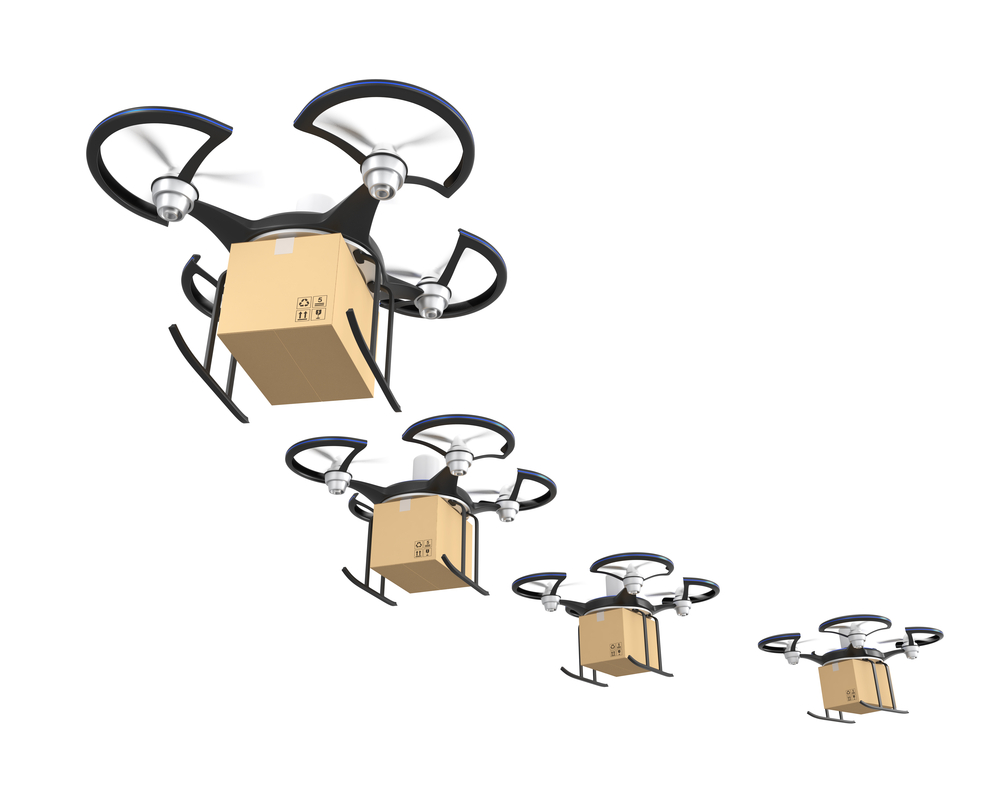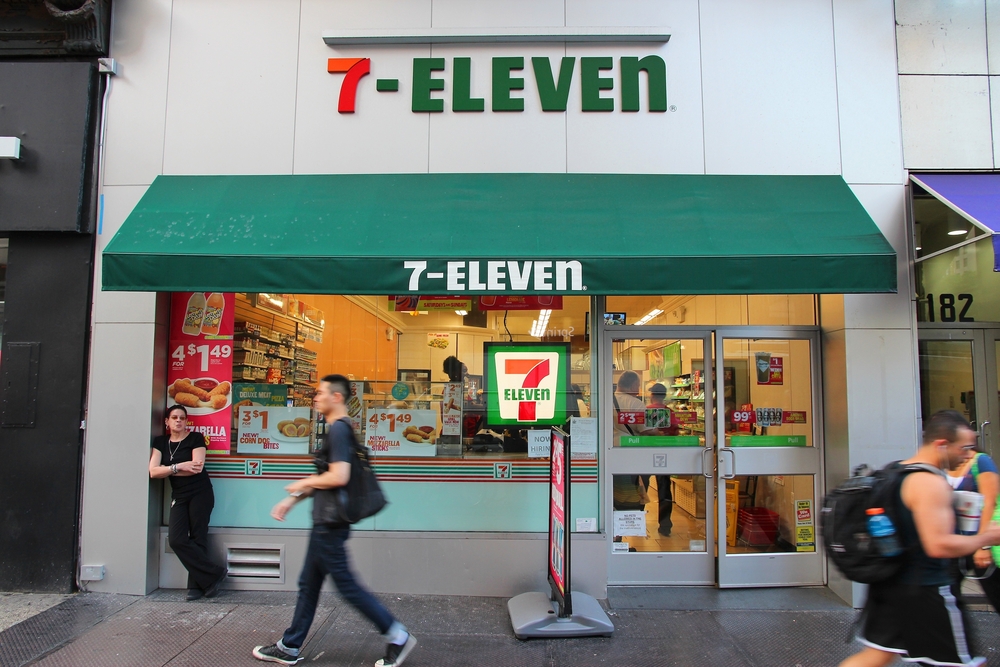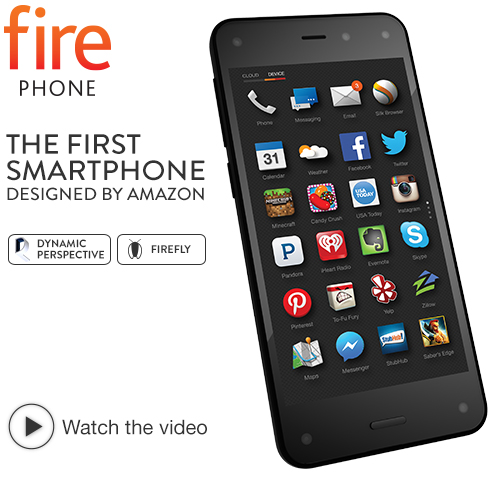Alexa and the Elderly
Amazon Takes on Senior Living
When conversation shifts to home automation, references to Millennials are rarely far behind. While it’s true that the emerging generation of homeowners loves their tech toys, they aren’t the only ones harnessing the power of smart home technology. Senior living providers have joined other industry leaders in the pursuit of more automated options for residents […]
